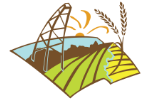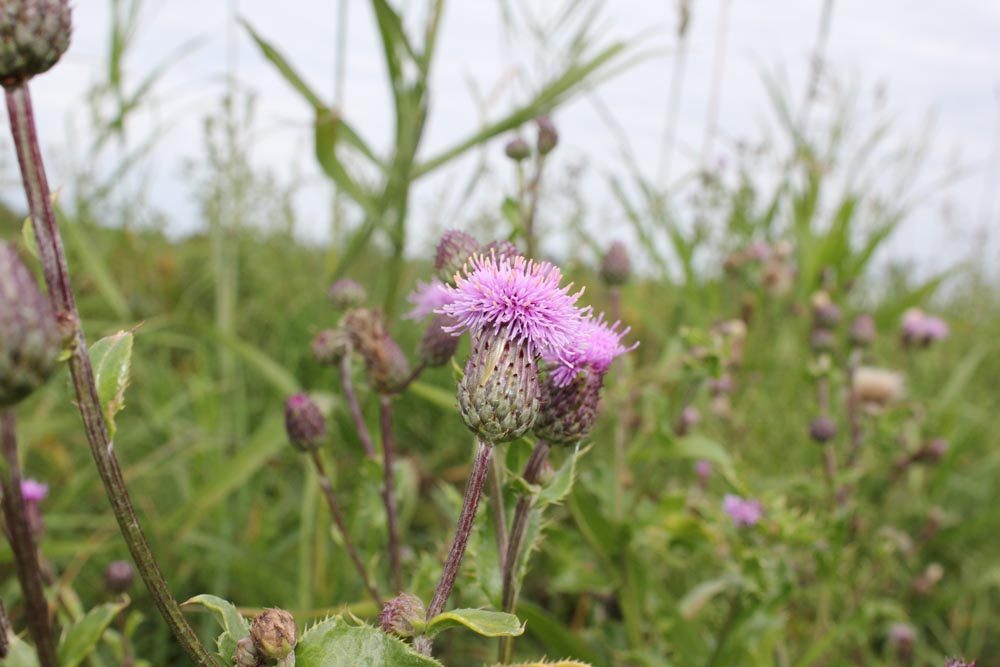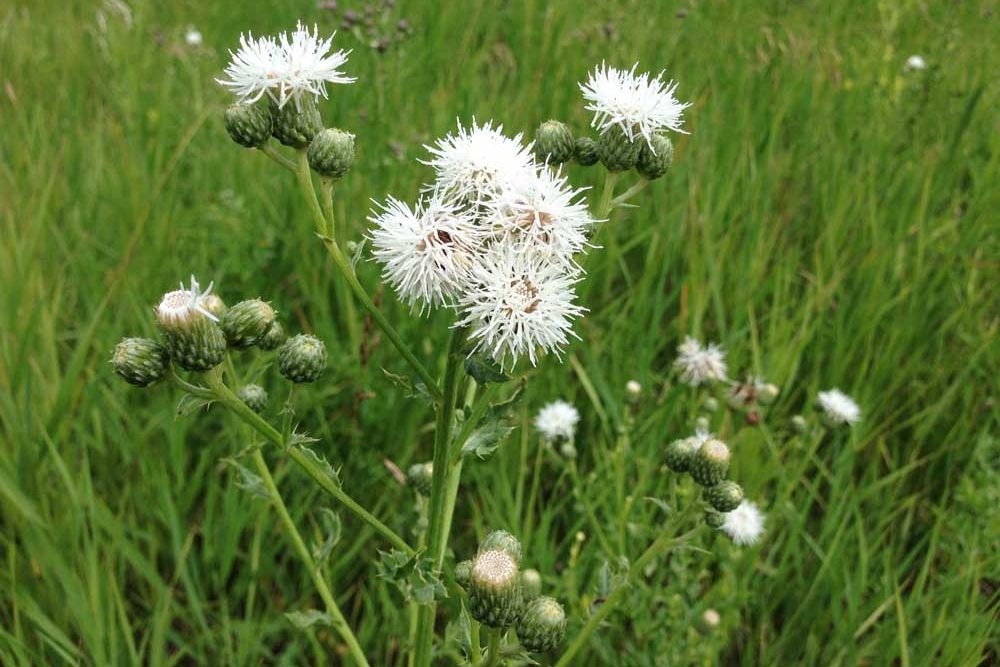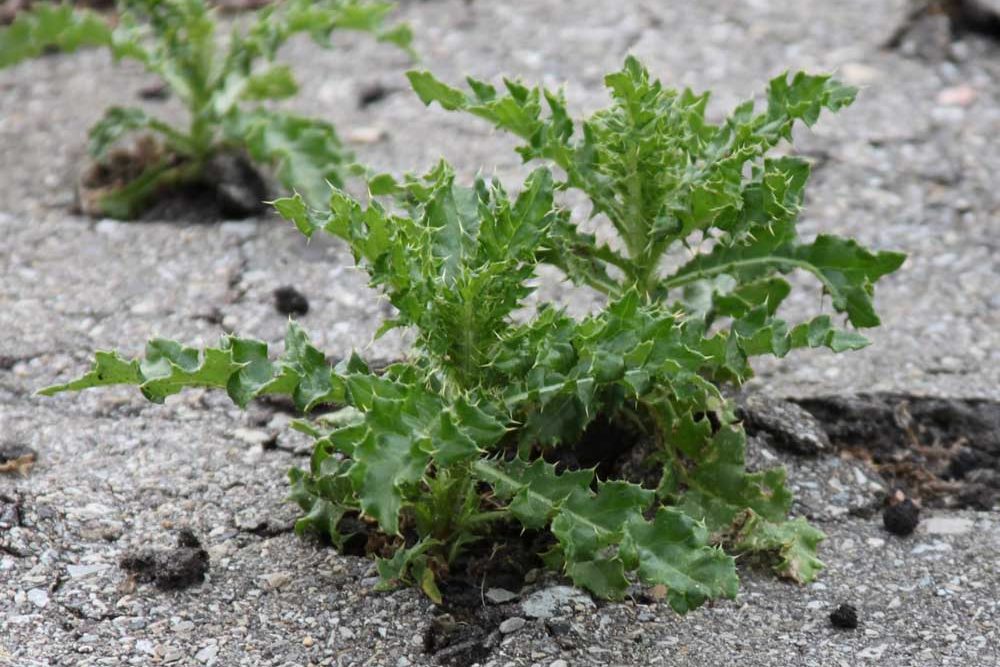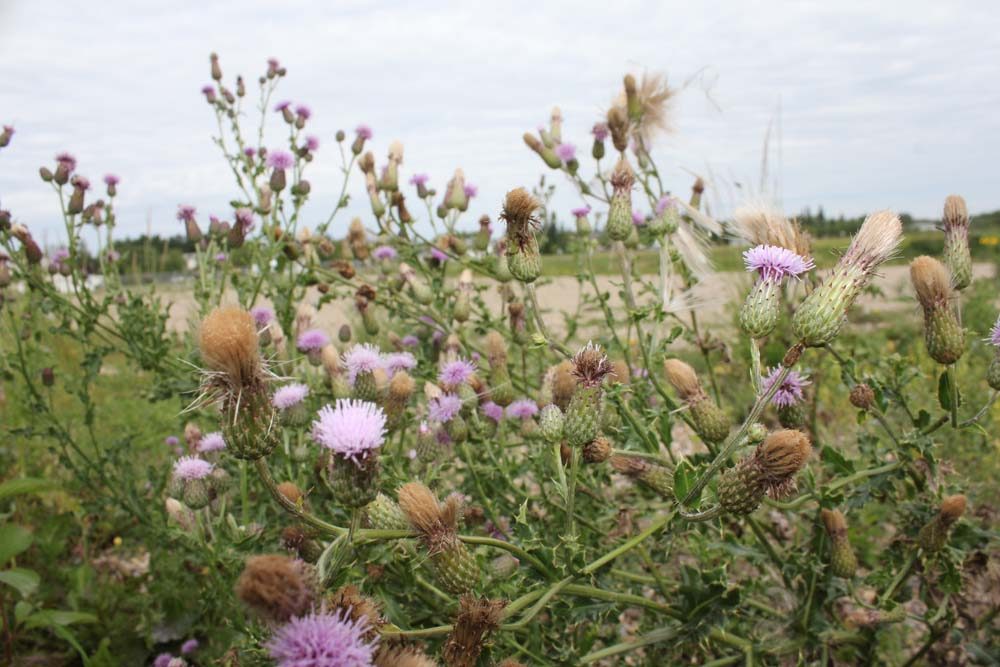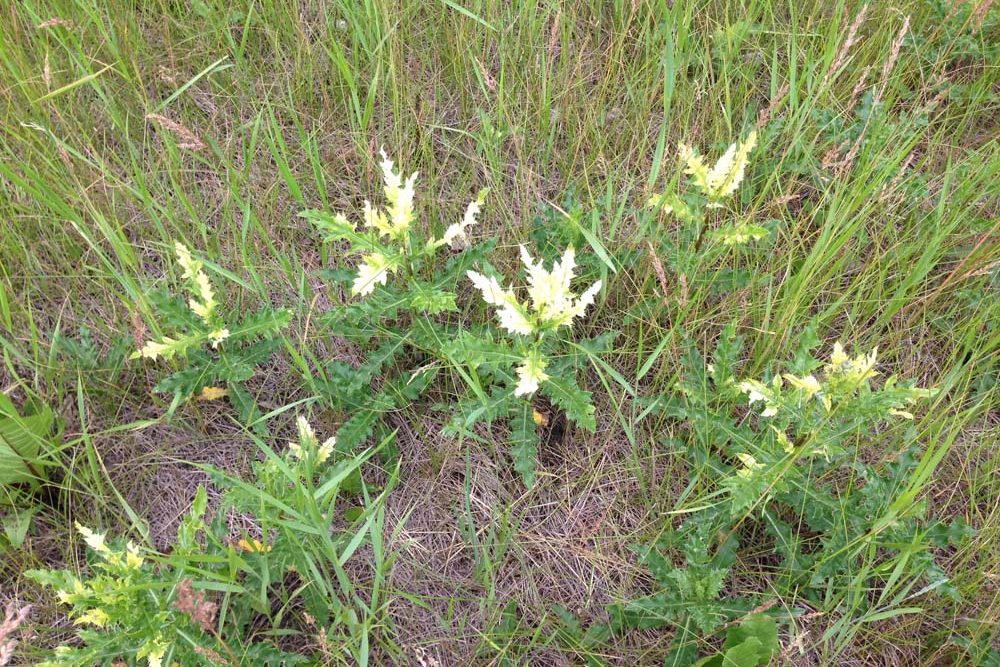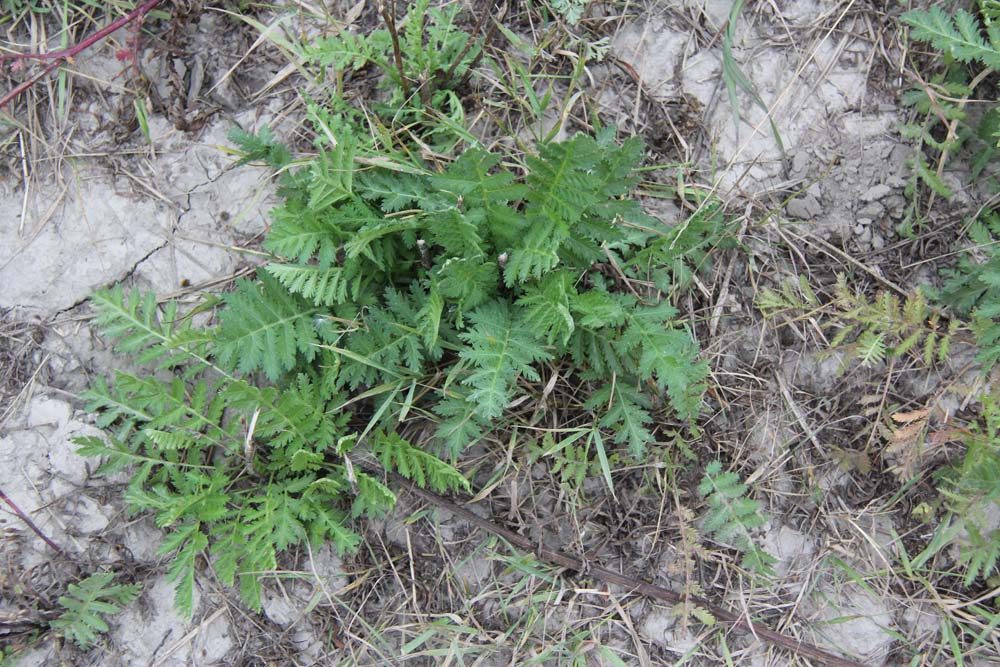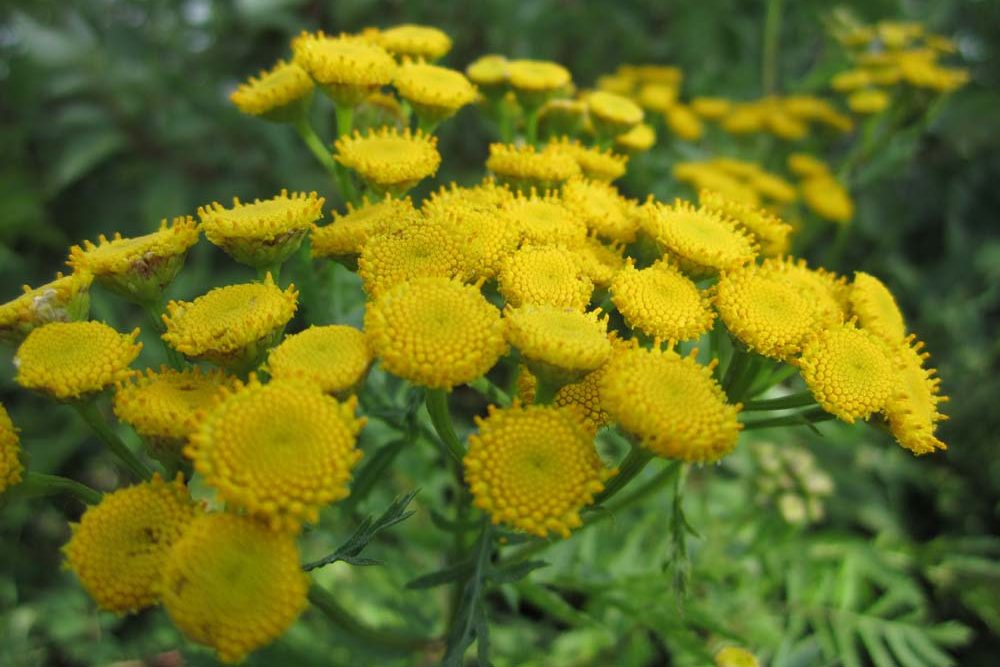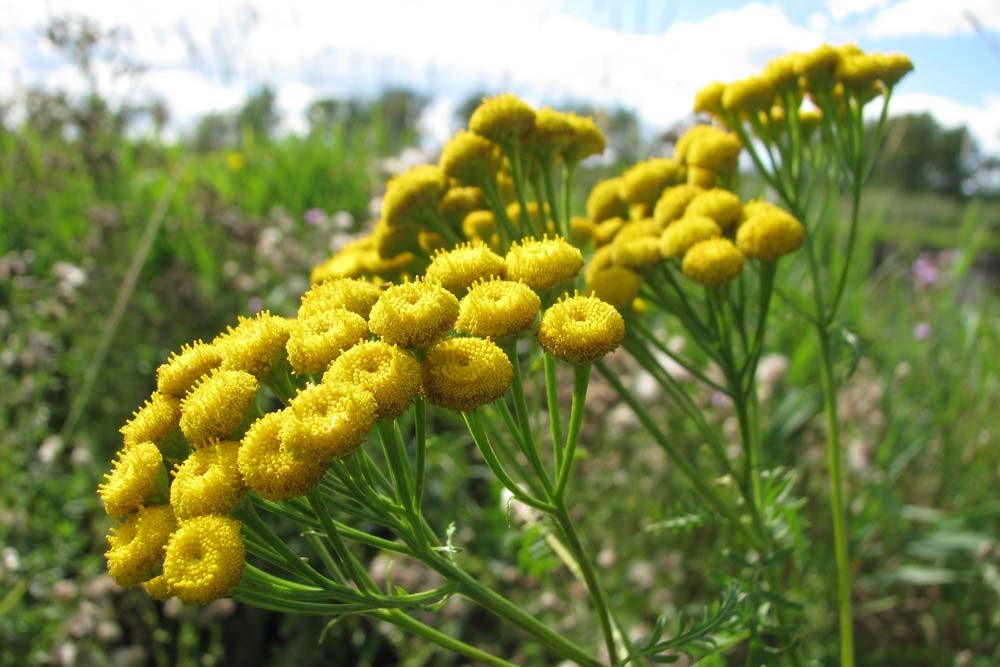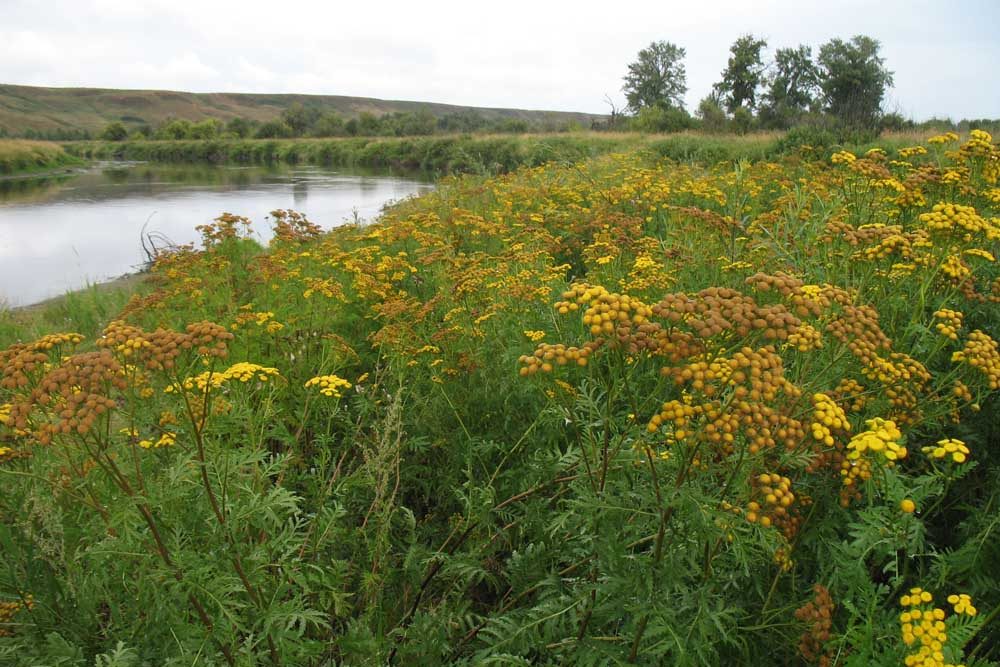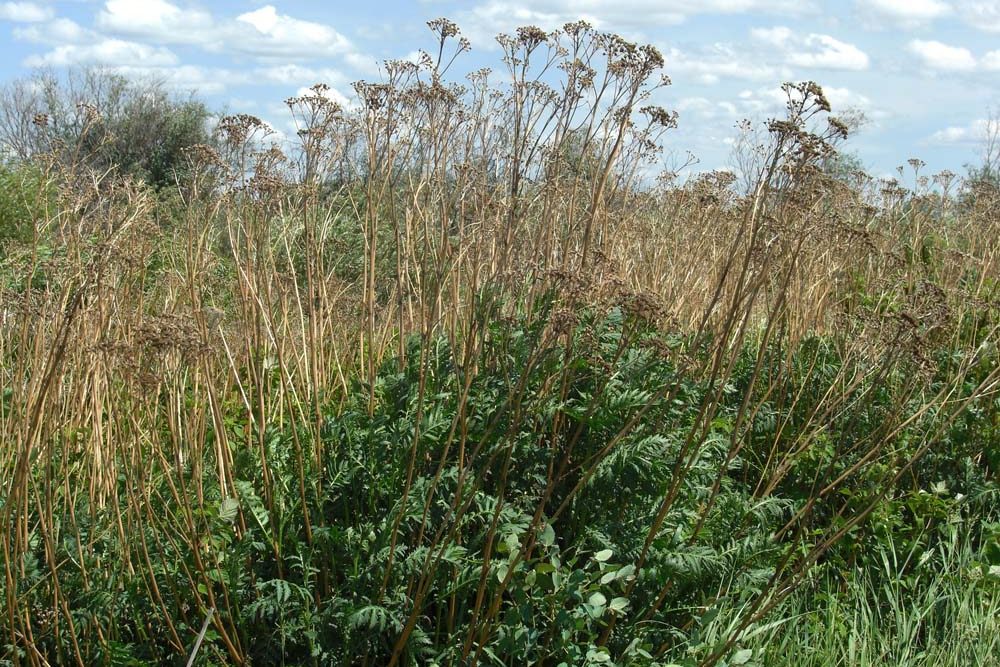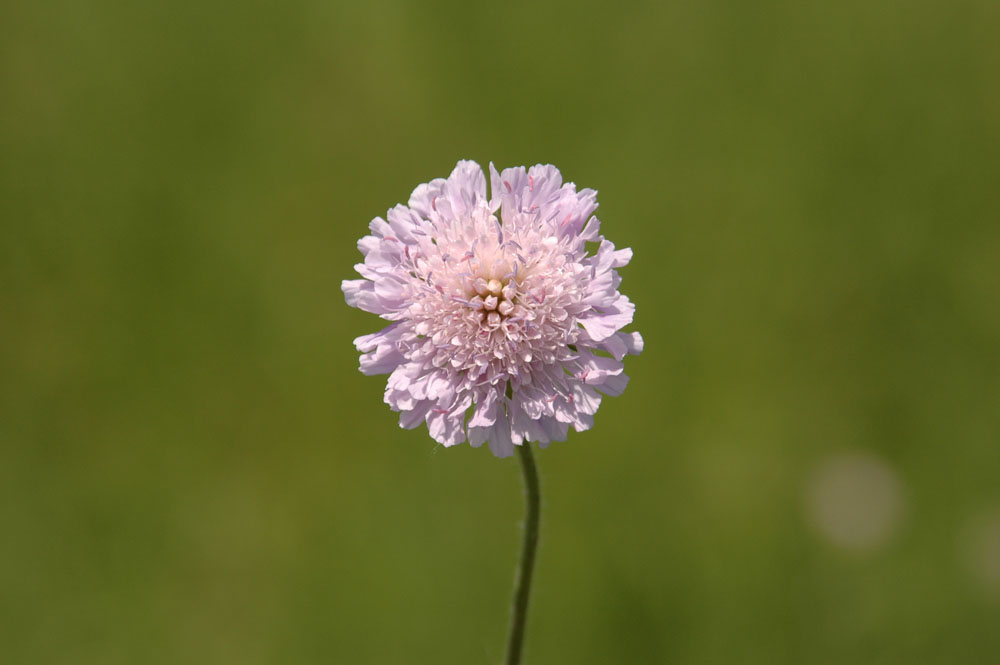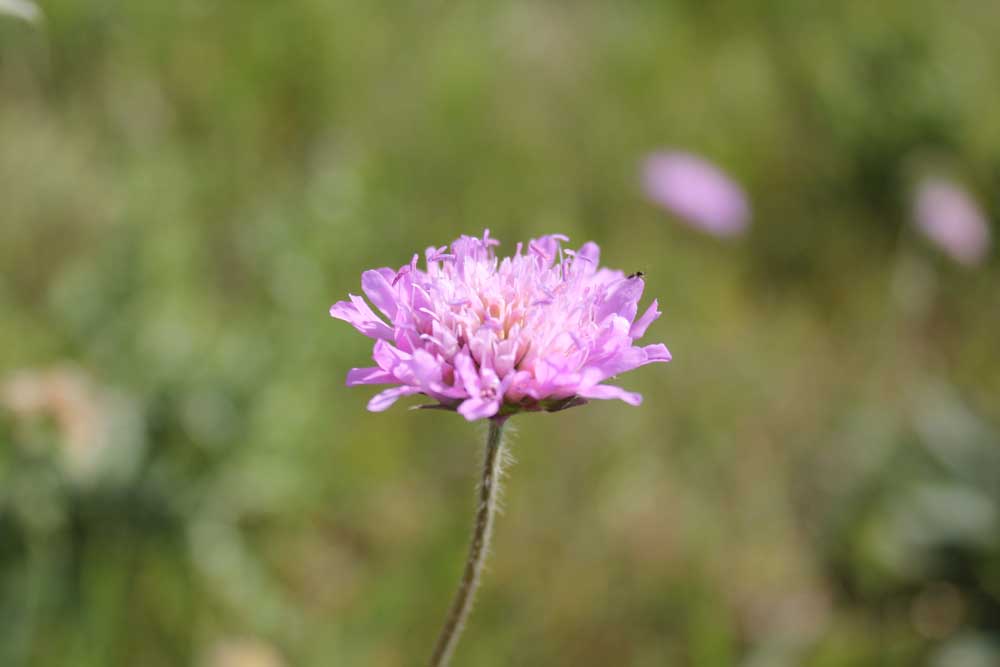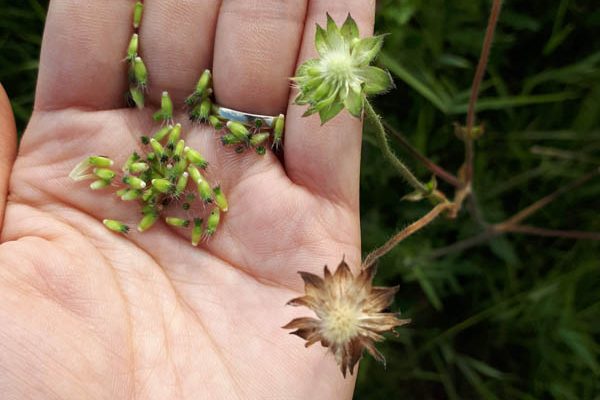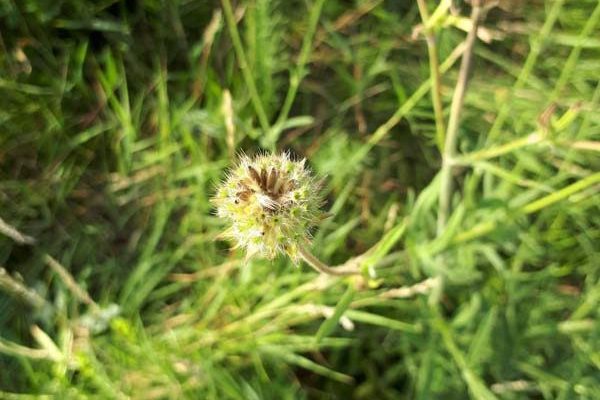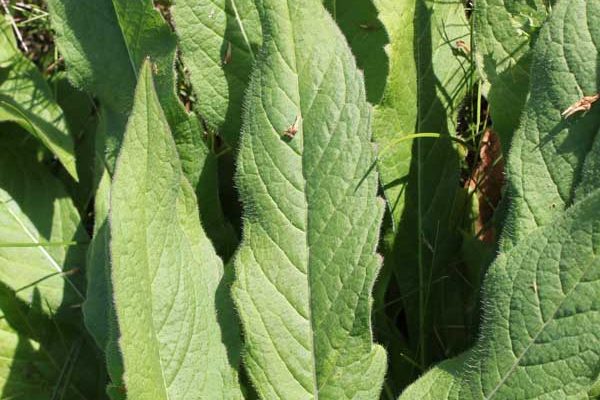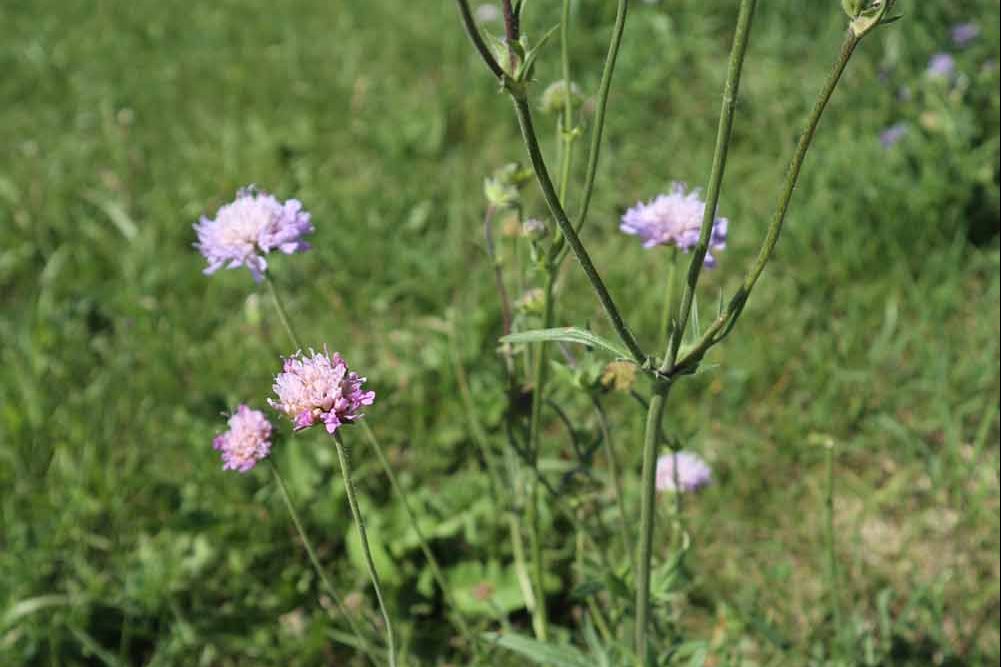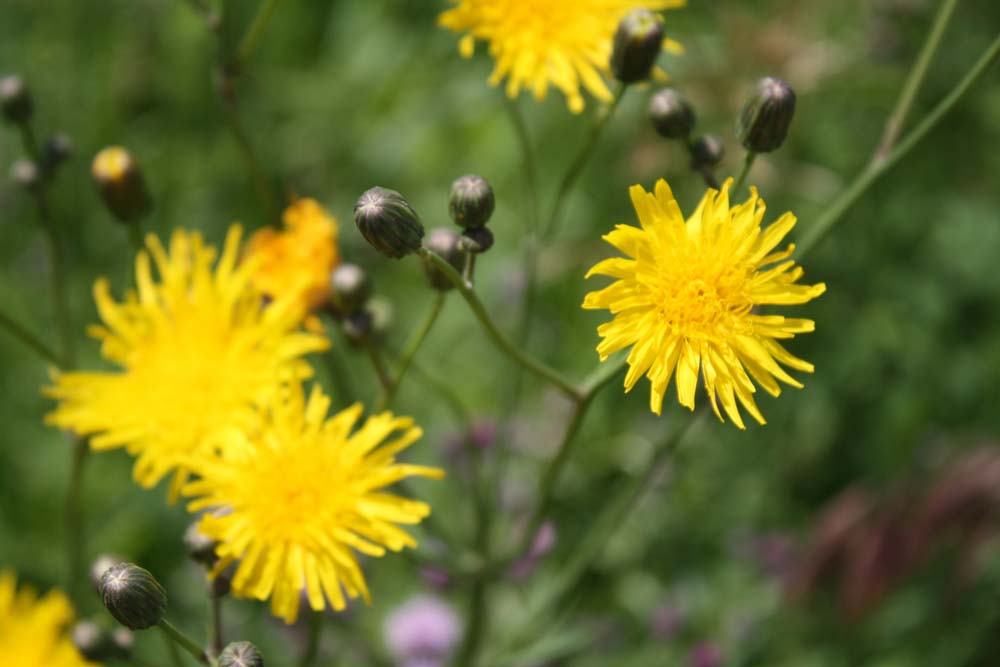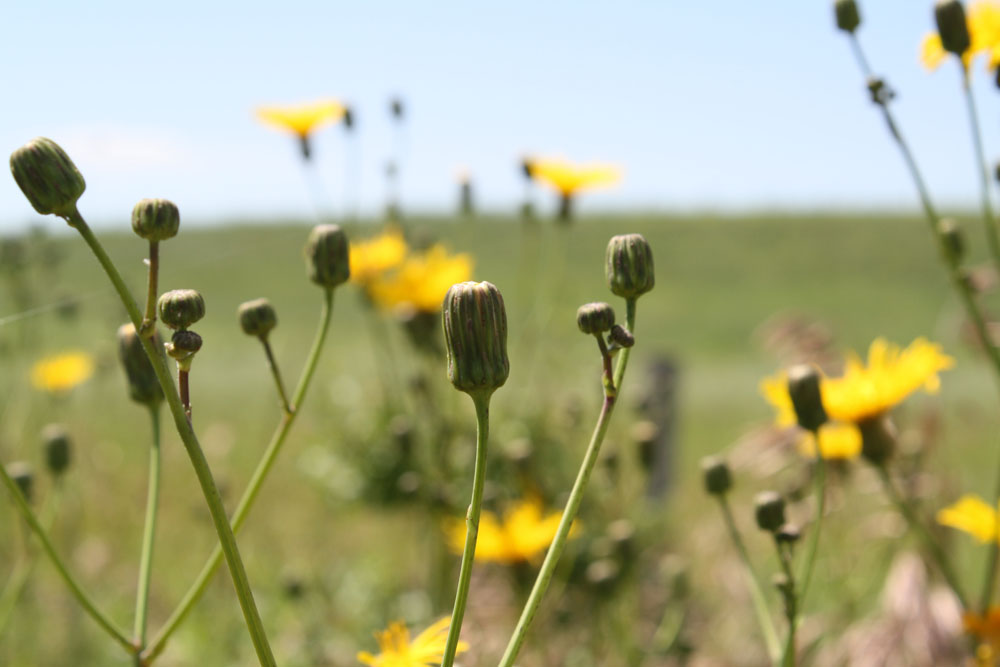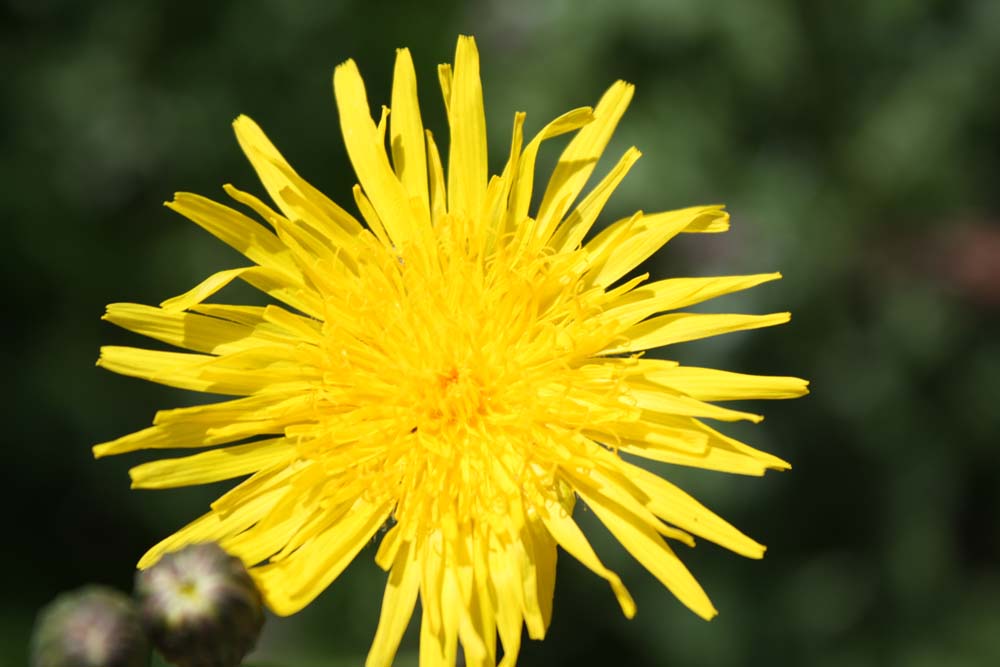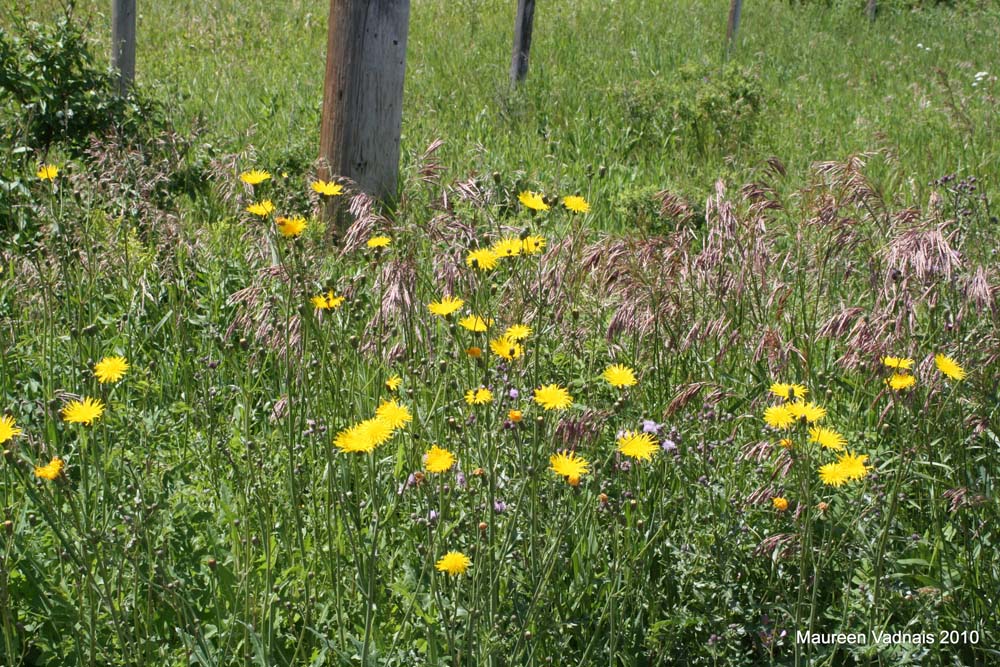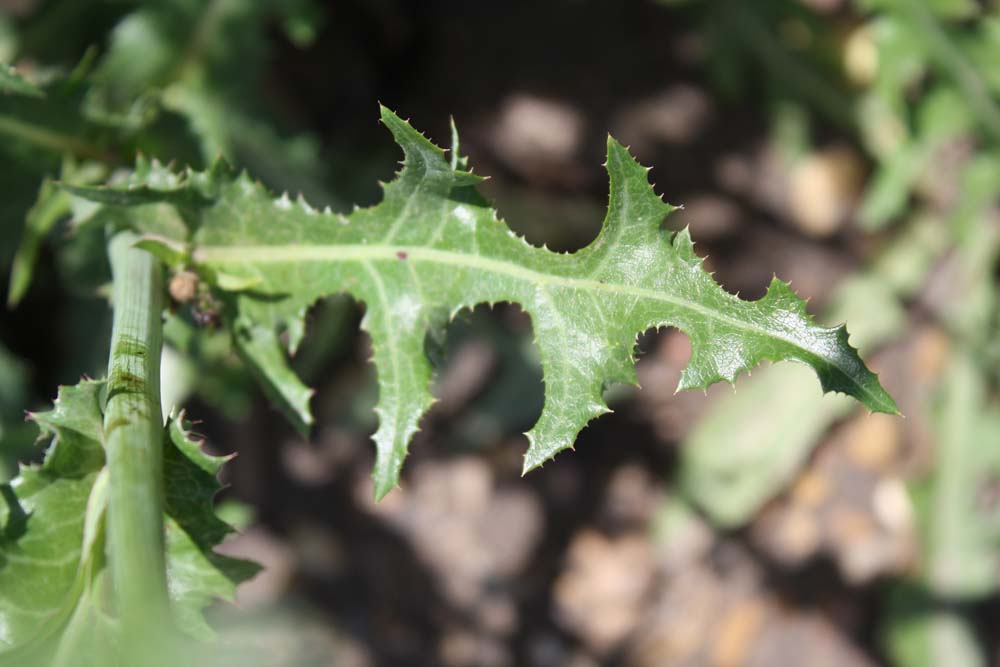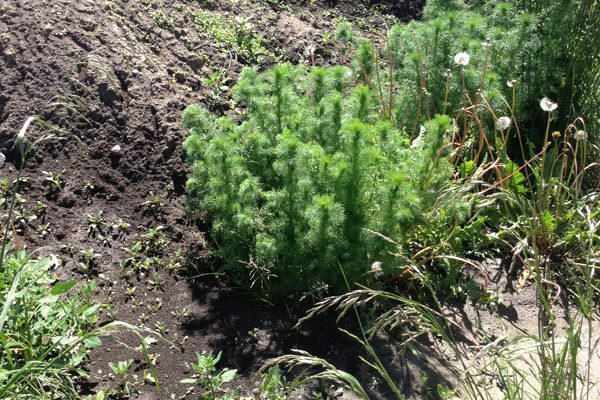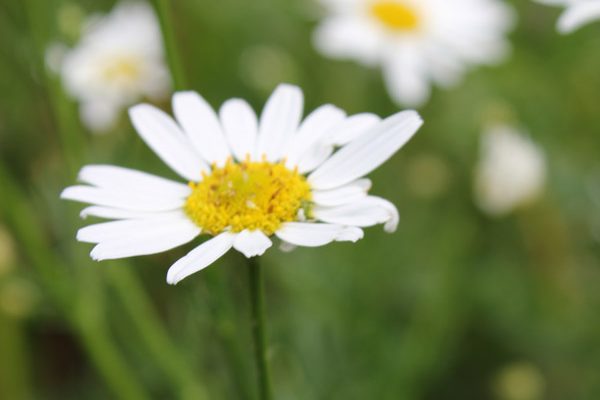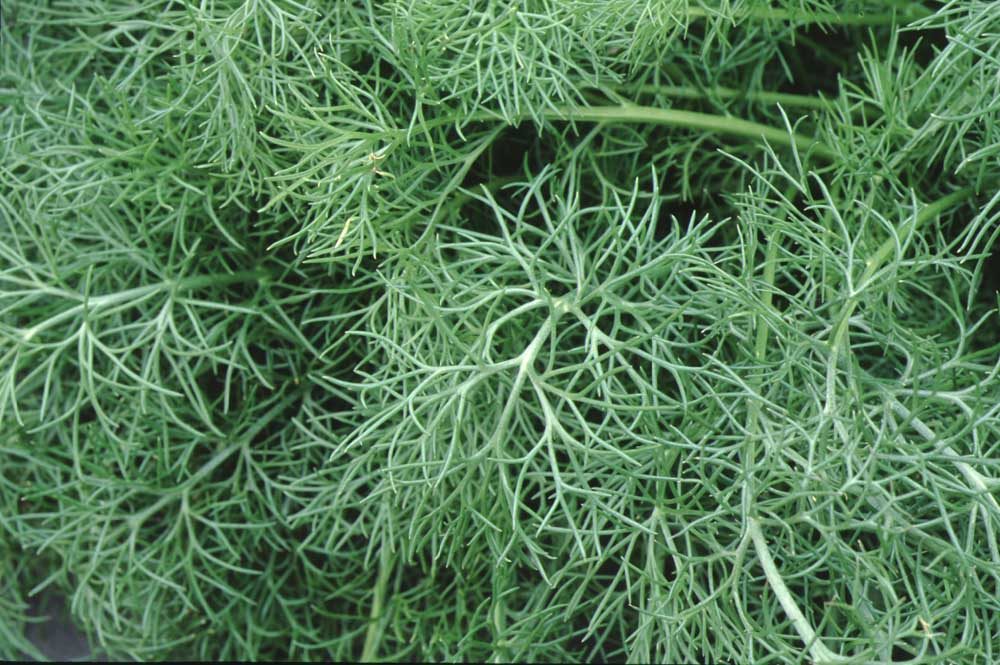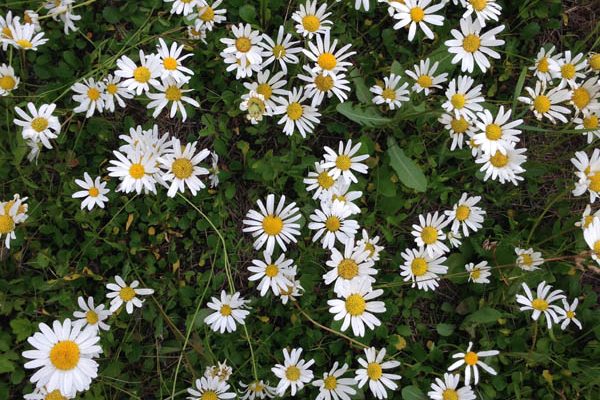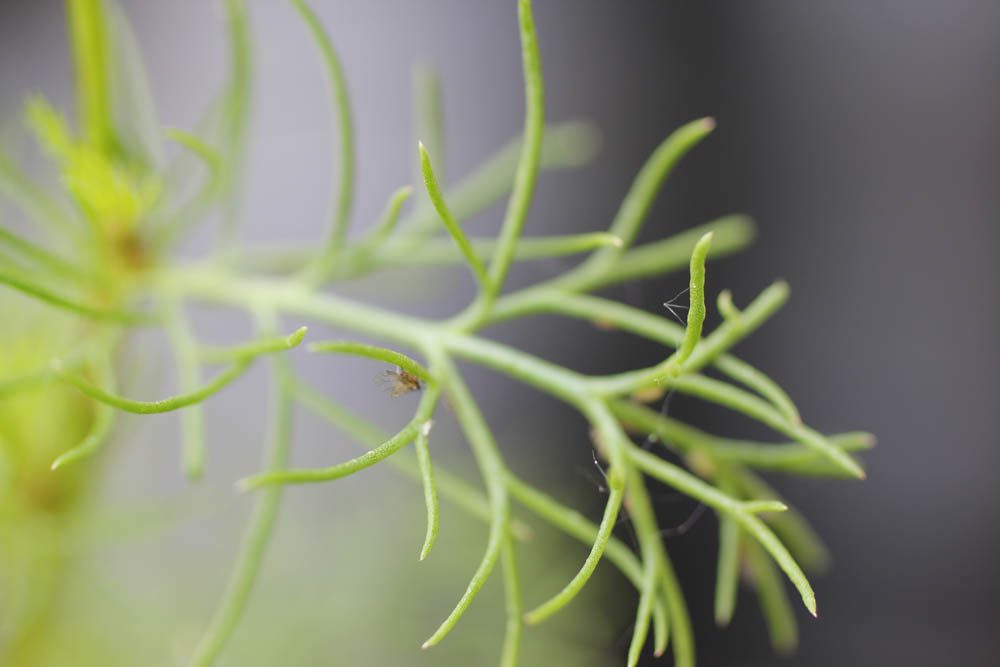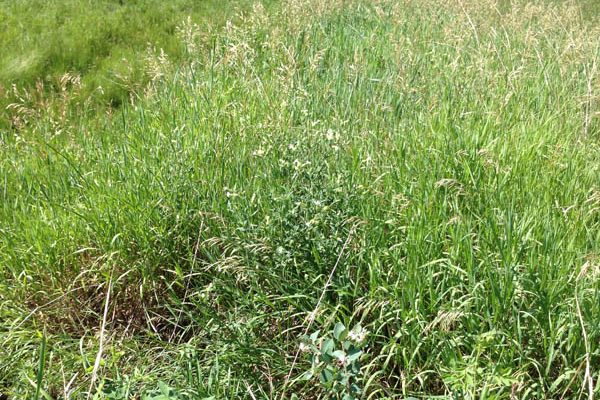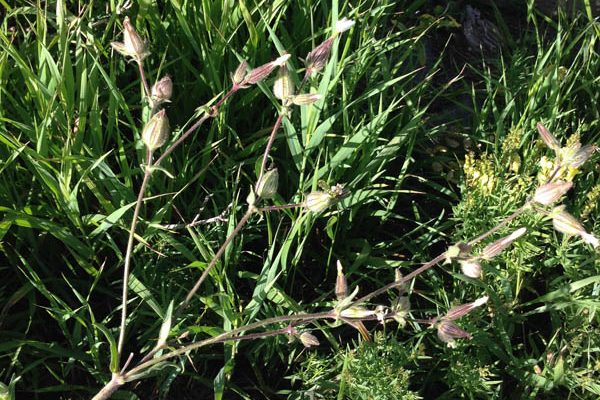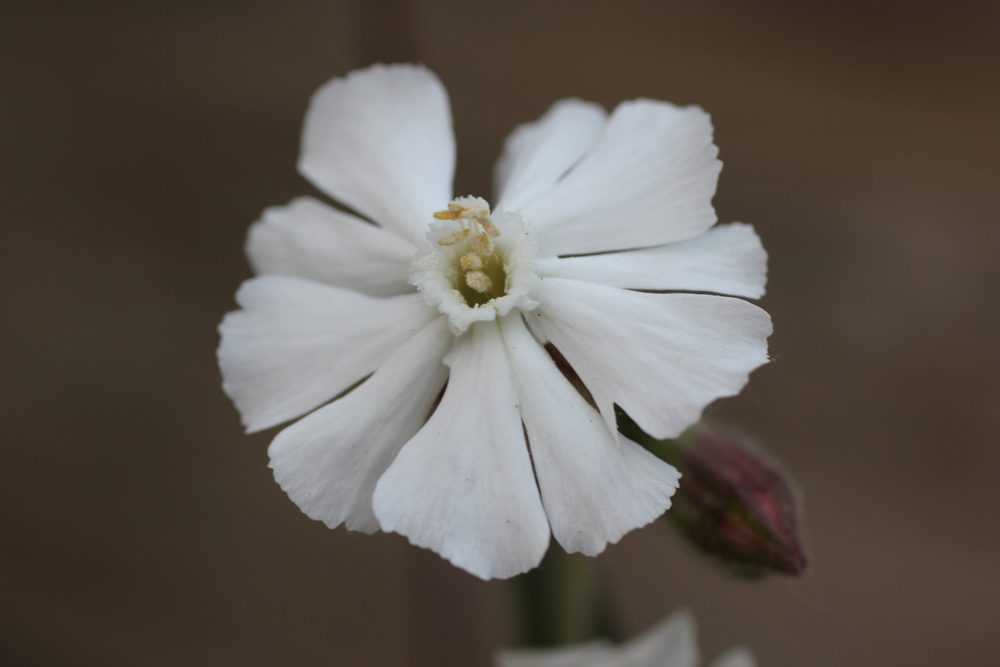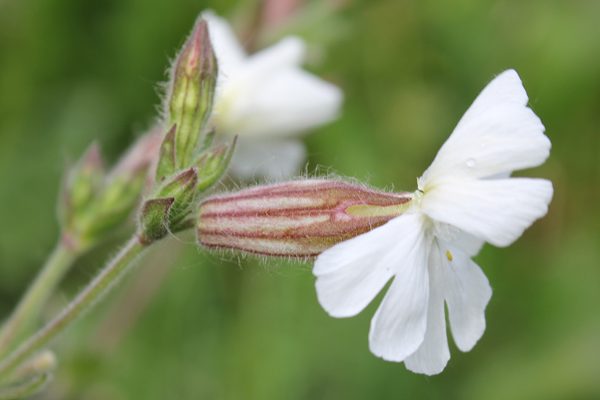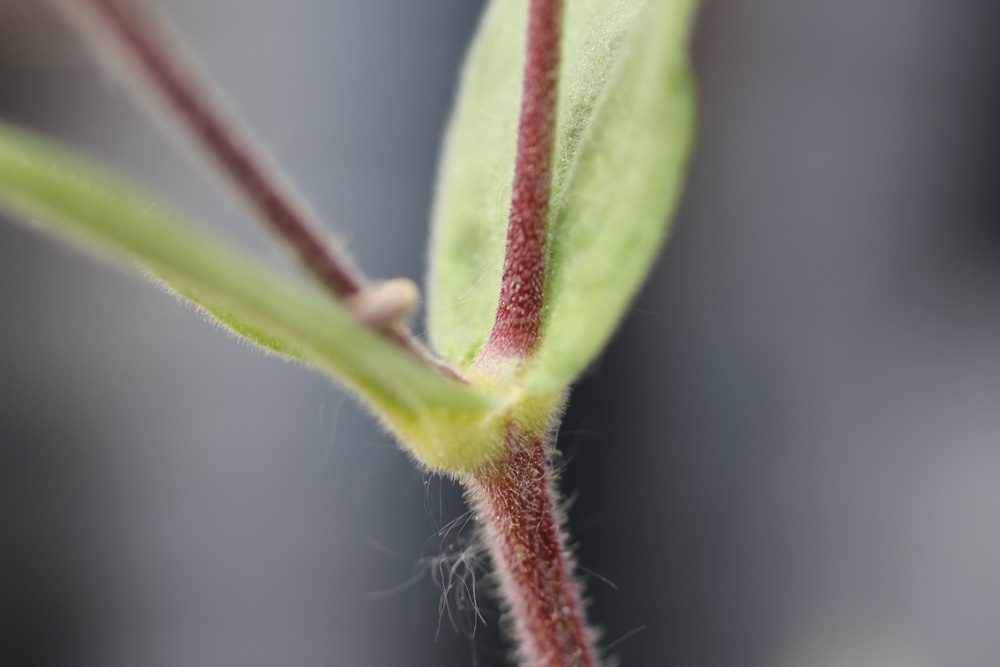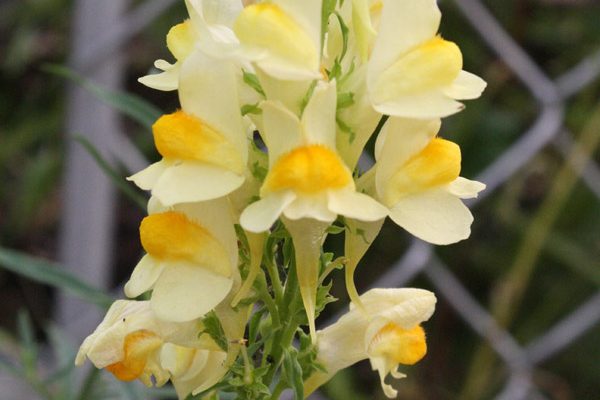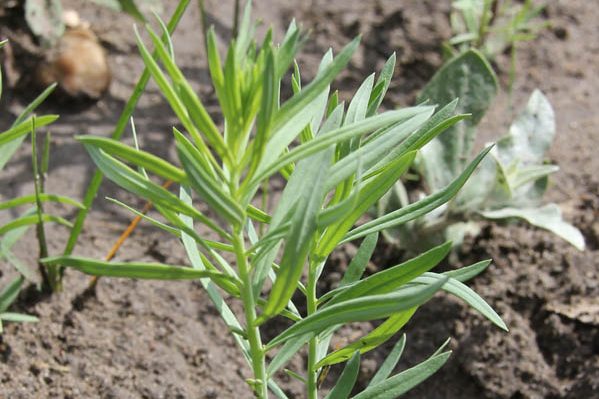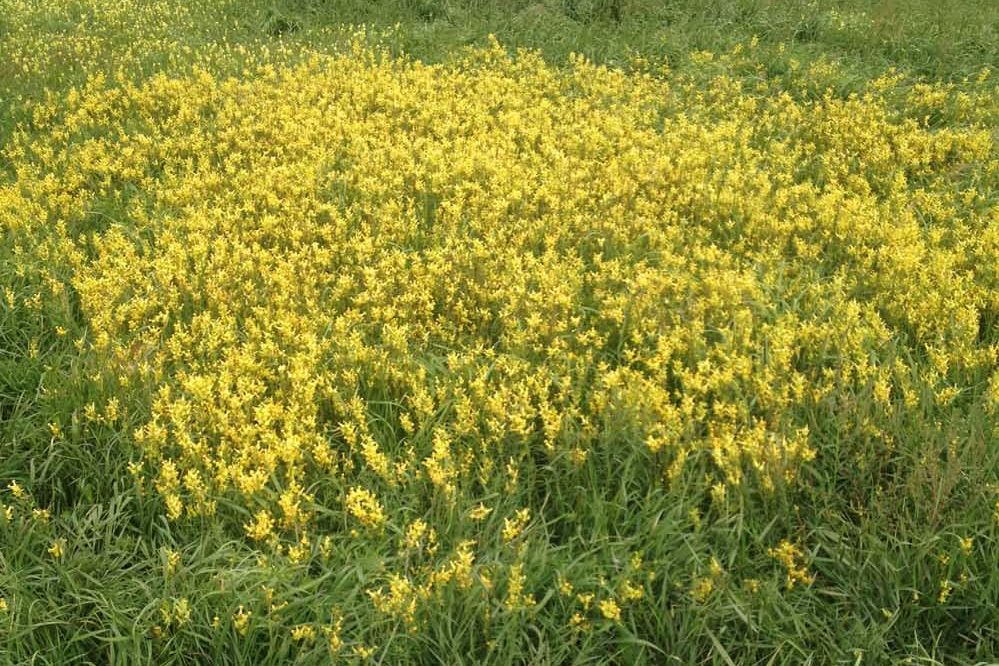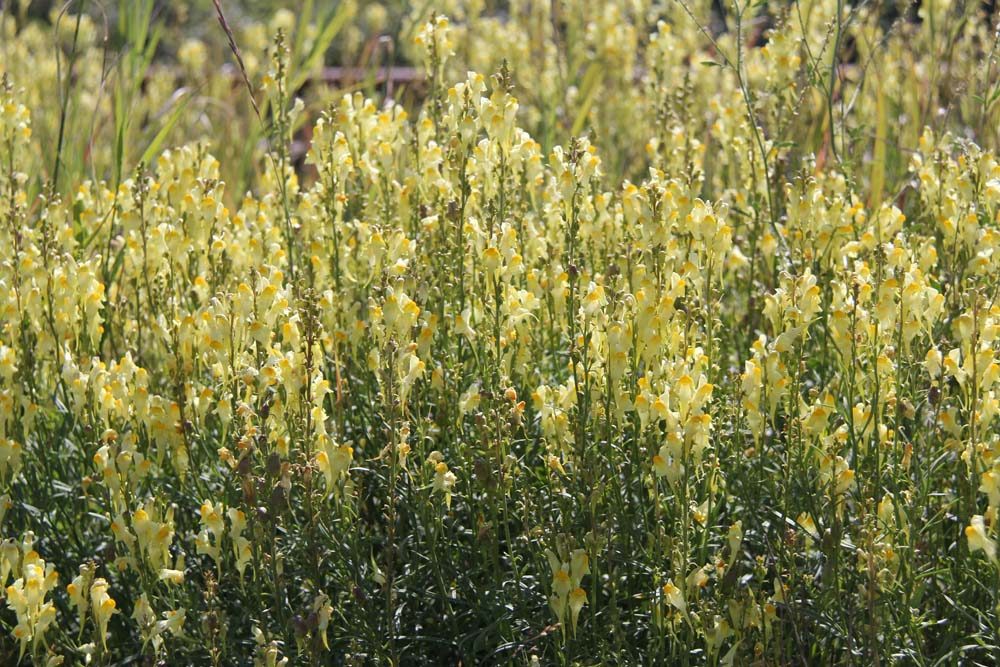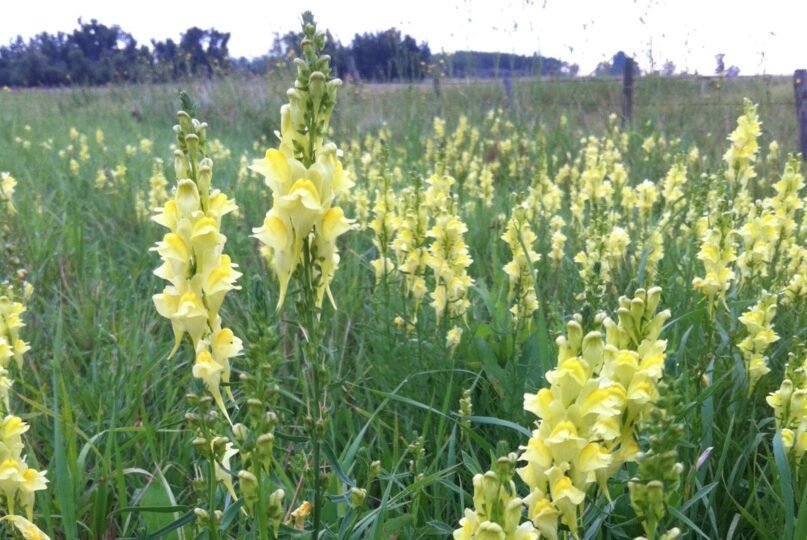Mackenzie County aims to prevent and control the establishment and/or spread of Noxious and Prohibited Noxious Weeds through inspections, awareness, education, and responsible communication with landowners, occupants, industry stakeholders, and members of the general public.
Weed Inspection Program
The Agricultural Service Board, at its discretion, appoints a sufficient number of inspectors to carry out the Weed Control Act and supply each inspector with identification in the form prescribed by the Weed Control Regulations. The Weed Inspection Program will be conducted during the months of May to September; and will be carried out by the Agricultural Fieldman, and Weed Inspectors as per policy ASB021: Weed Control.
When a weed problem is found, every effort will be made to cooperate with the landowner to deal with the problem in an amicable manner. After verbal and written communication is made and no satisfactory results have been deemed then a Weed Notice will be issued in person to the land owner, or by registered mail. Weed Notices are to be issued at the discretion of the Agricultural Fieldman.
Weed Notices and all actions carried out before; after in accordance with the issuance thereof, must be in compliance with the current Weed Control Act, or related statutes of the Province of Alberta.
If remedial measures of the Weed Notice have not been complied with, the work may be carried out by the municipality or a private contractor (as hired by the municipality) and all associated fees are to be applied to the landowner and/or occupant. If the landowner and/or occupant fail to pay the amount owing, the charges will be sent to a collections agency or applied to the tax roll against the land in question by a motion of the County Council.
All recipients of Weed Notices shall have the opportunity to appeal Weed Notices as per conditions set forth by the Alberta Weed Control Act and the Agricultural Appeal Board. The Agricultural Appeal Board shall hear and determine the appeal within five (5) days of receipt of notice of appeal by the Chief Administrative Officer. The Agricultural Appeal Board may confirm, rescind or vary the notice. The Chief Administrative Officer shall send a copy of the decision along with the written reason; if any to the appellant by registered or certified mail. If the Notice is deemed as compliant, the landowner will be notified via phone call, and written letter from the Agricultural Fieldman.
Local Invasive Plant Species
Noxious weeds that have been identified are highlighted below. If you find any of these weeds in or around your property or have seen them in the ditches please contact the County immediately at 780-927-3718 to ensure that they do not spread throughout the municipality.
Canada Thistle
Cirsium arvense (Creeping thistle)
A colony-forming, aggressive perennial, that spreads primarily by its creeping root system. Despite its name, the plant was introduced from Europe, and is the only thistle, native or introduced, with separate male & female plants. Also called “Creeping Thistle,” the roots spread both horizontally (up to 4.5 meters) and vertically (up to 6 meters) underground. It has been estimated that individual plants live about 2 years, but are continually replaced by new shoots from adventitious buds on its extensive root system. This can result in infestations composed entirely of genetically identical plants of one sex. Dense riparian infestations can impact wildlife by reducing food, and access & nesting cover for waterfowl.
Common Tansy
Tanacetum vulgare
Common tansy is a perennial forb that reproduces by both seed and short rhizomes (underground horizontal roots). Introduced from Europe in the 1600s, its pungently aromatic foliage has been used medicinally, as an insect repellant, and for embalming. Common tansy forms dense stands and the plants contain alkaloids that are toxic to both humans and livestock if consumed in large quantities. Cases of livestock poisoning are rare, though, because tansy is unpalatable to grazing animals.
Field Scabious
Knautia arvensis (Bachelor’s Buttons; Gipsy Rose)
Field scabious is native to Europe and was introduced as an ornamental plant. It is a tall perennial that favors grassy areas and develops a deep taproot. The flowers very closely resemble those of another ornamental perennial, Scabiosa (butterfly plant, pincushion flower) but each plant belongs to a different genus.
Perennial Sow-Thistle
Sonchus arvensis
Perennial sow-thistle has long been an aggressive agricultural weed but can invade both natural and disturbed sites. It is a perennial plant that reproduces both by seed and creeping roots (rhizomes). Above-ground portions of mature plants die in winter and new shoots sprout from root buds in spring. Many native lettuces closely resemble perennial sow-thistle, but they either do not have the extensive root system or their flowers are a different color. Annual sow thistle is very similar but reproduces only by seed and its flowers are smaller. Native to western Asia and Europe and was probably introduced as a seed contaminant.
Scentless Chamomile
Tripleurospermum perforatum syn. T. inodorum
Scentless Chamomile can behave as an annual, biennial, or sometimes a perennial, but reproduces by seed only. Plants are usually very bushy and have a fibrous root system. It continually blooms, forms seeds, and seeds germinate throughout the growing season: fall seedlings overwinter and are usually first to flower in spring. Native to Europe, it was introduced as an ornamental and/or a contaminant in crop seed. This is not the chamomile used for tea as it is scentless. A single, robust plant can occupy one full square meter and produce up to one million seeds. Scentless Chamomile and Oxeye daisy are often mistaken for each other as the flowers are nearly identical, but the leaves are very different. Both plants are weeds – there are no native white-flowered daisies in Alberta. It can also be confused with stinking mayweed or pineapple weed, but the foliage of these two plants has an odor.
White Cockle
Lychnis alba syn. Silene alba S. latifolia
White cockle was introduced from Eurasia and is often confused with bladder campion (not hairy, not sticky) or night-flowering catchfly (hairy, upper stems sticky), white cockle is not sticky on any part of the plant. It is a short-lived perennial (sometimes biennial) native to Europe. Plants are either male or female, so not all plants produce seeds.
Yellow Toadflax
Linaria vulgaris (Common toadflax; Butter-and-Eggs; Spurred Snapdragon)
Brought from Europe over 100 years ago as an ornamental plant, Common toadflax has escaped and has now become a serious problem to rangeland and mountain meadows all over North America. This perennial plant makes seed, but reproduction is primarily by sprouting from its extensive, creeping root system (rhizomes); 2-3 week old seedlings can produce creeping roots. The ability of this plant to form large colonies allows it to crowd out other vegetation. Common toadflax is easily confused with Leafy spurge before flowering, but toadflax stems do not contain the milky latex that spurge does.
Additional Resources
For more information on these Invasive Plant Species visit the Alberta Invasive Species Council.
